Author: [email protected]
(Deutsch) Omnium consensus – за спільною згодою (вислів)
(Deutsch) Tempus fugit – (вислів) час летить
(Deutsch) Ad infinitum – (вислів) До нескінченності
(Українська) Alea jacta est! – (вислів) жереб кинуто
(Українська) Ne varietur (вислів) Не підлягає зміні
(Українська) Fiat lux – Хай буде світло!
On March 29, at 5:00 p.m., the Korsaks` Museum will host the opening of Hryhoriy Loik’s project “MAYDAN-VIYNA-MARE”
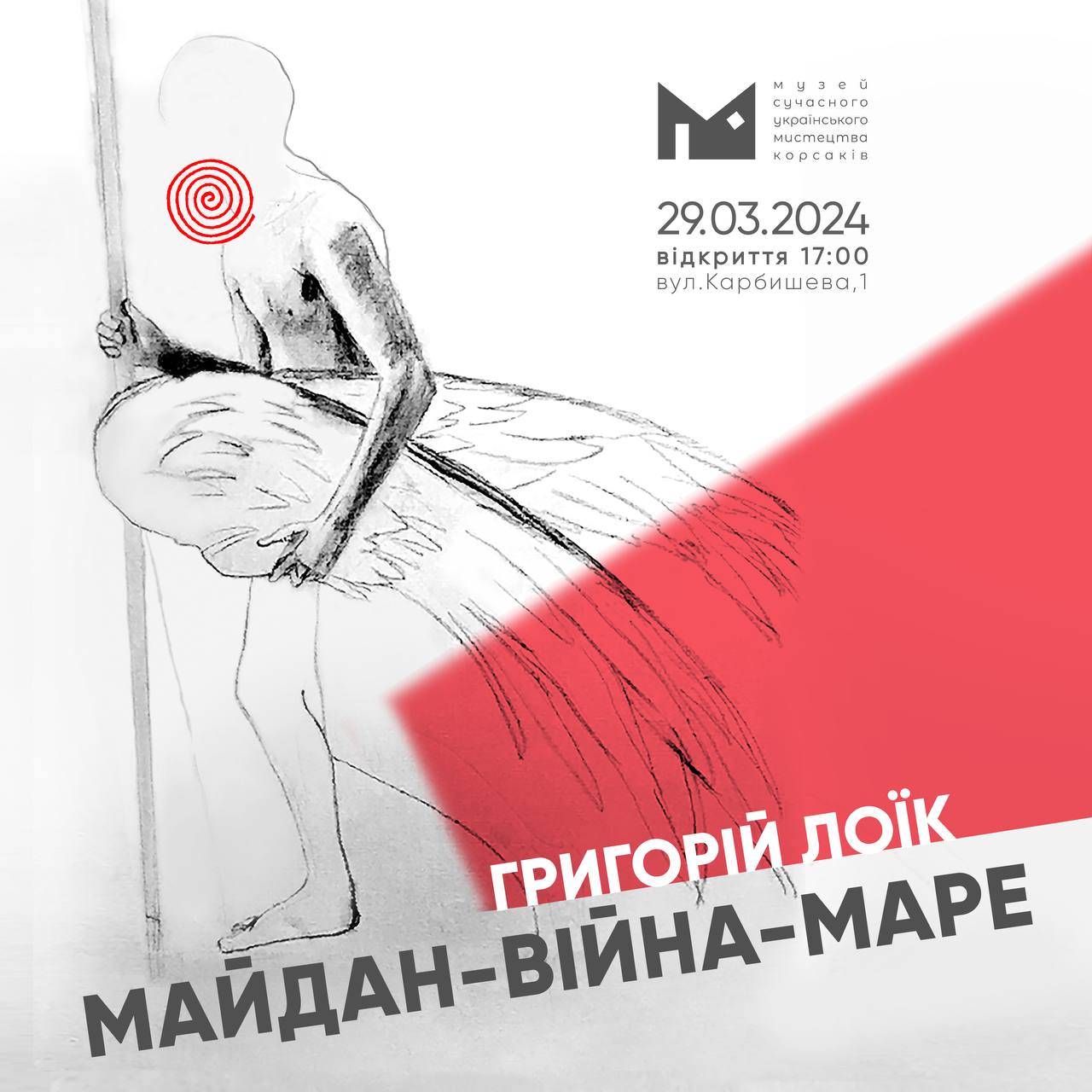
On March 29, at 5:00 p.m., the Korsaks` Museum will host the opening of Hryhoriy Loik’s project “MAYDAN-VIYNA-MARE”.
We invite you
FREE ADMISSION!
Lutsk, str. Karbysheva, 1
“Adrenaline City” shopping center
Mon-Fri: 12:00-20:00
Sat-Sun: 11:00-20:00
066 142 51 18
The Korsaks` Museum of Modern Ukrainian Art invites you to the opening of the updated main exhibition “Genesis of Modern Ukrainian Art”!
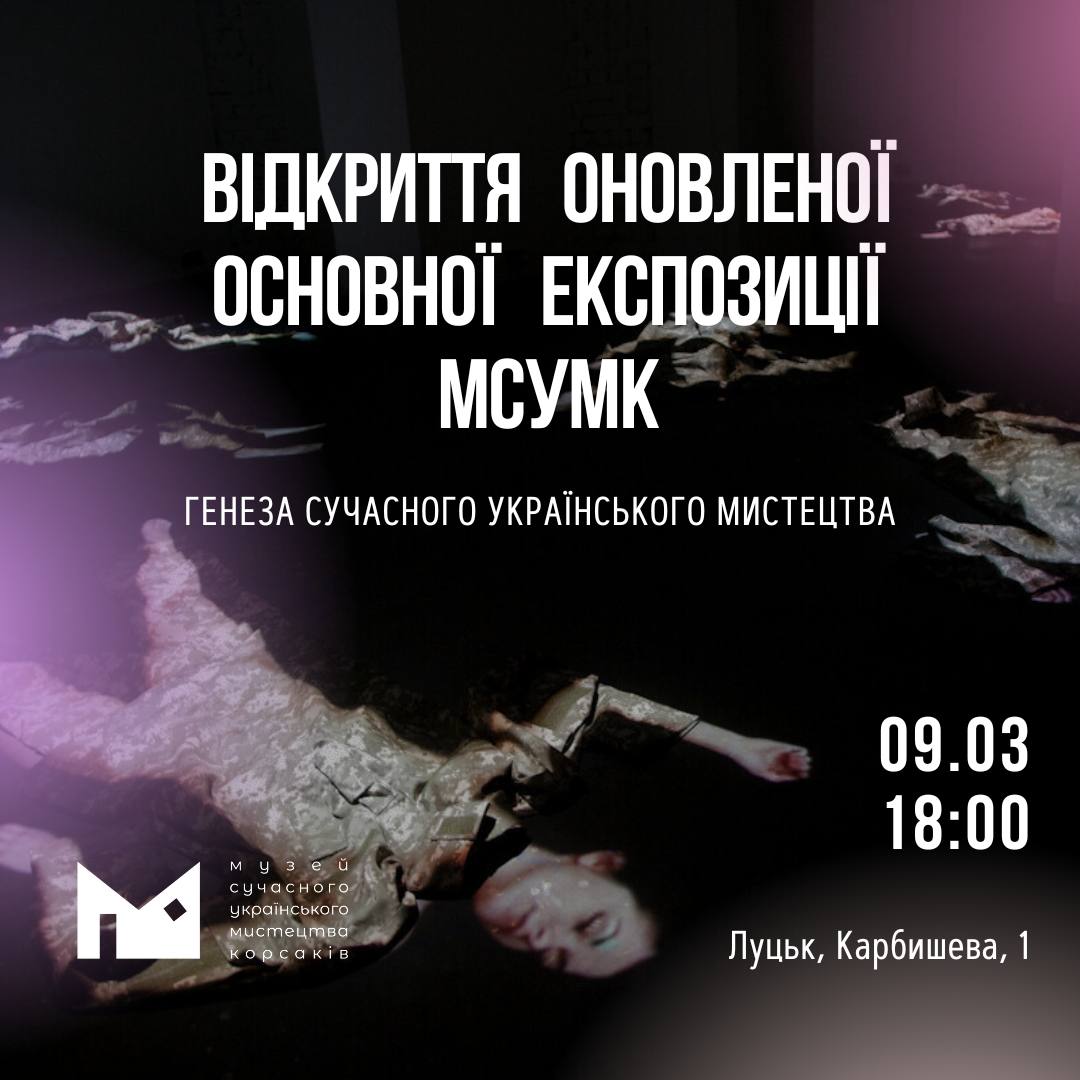
The Korsaks` Museum of Modern Ukrainian Art invites you to the opening of the updated main exhibition “Genesis of Modern Ukrainian Art”!
The history of the “Genesis” exposition of the Korsaki Museum dates back to 2018. During this time, it underwent constant additions and transformations. On February 24, 2022, the MSUMK exhibition was evacuated for the purpose of preservation and protection in connection with the full-scale invasion of Russia into Ukraine. Thanks to the long-term work of the museum team, the exposition is again available to visitors.
We invite everyone to the opening!
Date: March 9, 2024
Time: 18:00
Place: Korsaks Museum of Modern Ukrainian Art, Lutsk, str. Karbysheva, 1.
Free entrance!
The Korsaks` Museum together with the MYPH school of conceptual and art photography have prepared for you an exhibition project of 13 authors and 25 video projections – “DEPTHS OF THE PSYCHE”
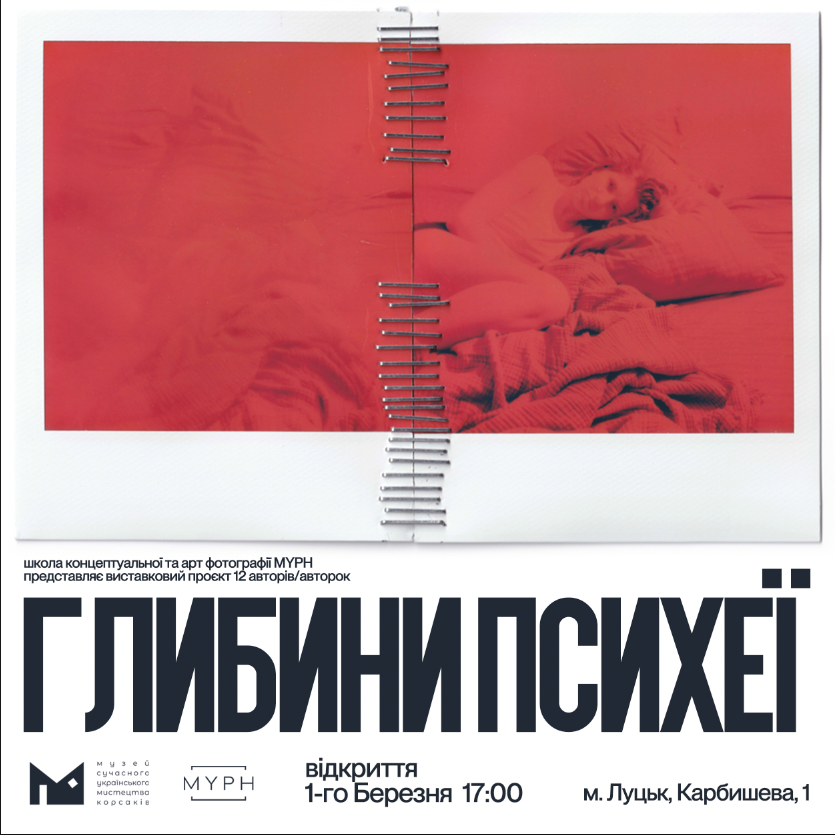
The Korsaks` Museum together with the MYPH school of conceptual and art photography have prepared for you an exhibition project of 13 authors and 25 video projections – “DEPTHS OF THE PSYCHE”.
Where: Korsaks` Museum of Modern Ukrainian Art
When: March 1, at 5:00 p.m
We are waiting for you at the event!
The concept of archetype was originally proposed and introduced into the scientific circle by Carl Gustav Jung. Psychology interprets the archetype as a single collective subconscious, and culturology recognizes this concept as the main element of culture that forms the moral imperatives of spiritual life.
The archetypes encoded in our subconscious undoubtedly have an important influence on the formation of our beliefs, behavioral patterns and emotional responses. These universal symbols and images that exist in the collective consciousness of humanity reflect basic human experiences, desires and fears. They are concentrated even in the deepest recesses of the human subconscious and can influence our perception of the world without our own influence. Archetypes can be seen in our thinking, dreams, creativity, dreams, etc. For example, the mother or father archetype can make us feel protective and caring, while the hero archetype inspires self-improvement and overcoming obstacles.
Archetypes, based on the deepest aspects of our mental life, can become the key to revealing and developing our potential. Thus, studying the influence of archetypes on the subconscious can help us better understand ourselves and the world around us.
Delving into the subject of the human psyche through artistic practices is of particular importance, as art can be an extremely powerful tool for reflecting and understanding the most diverse aspects of the human psyche. The depiction of archetypes, plots and emotions through art is intended to provoke deep reflections and feelings. Art can give visual expression to abstract or complex concepts such as emotions, dreams, phobias, or the shadow aspects of the psyche.
MYPH is the heart of artists whose visions and creative insights are aimed at expanding the circle of consciousness and understanding of contemporary conceptual and artistic photography. Using modern approaches to the understanding of philosophical questions, the school of conceptual and art photography MYPH offers the viewer the exhibition “Depths of Psyche” for joint self-reflection with reference to the inner worlds of the human psyche through the presentation of archetypes and plots in art.
